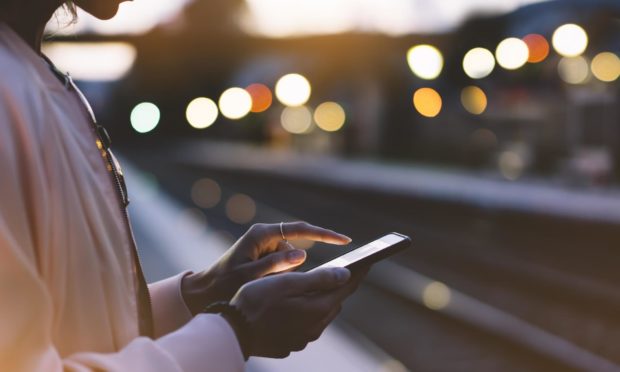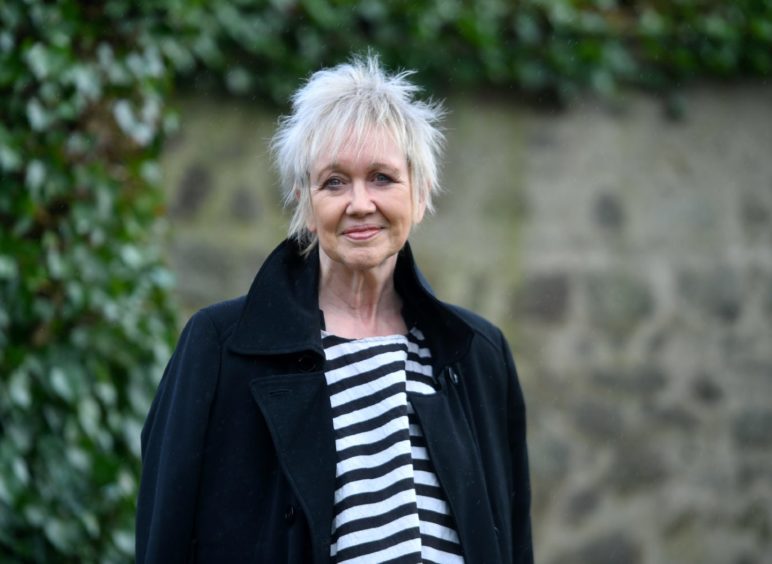From wellbeing tips to researching our favourite hobbies, social media has helped us all get through lockdown and the boredom of isolation.
But sometimes social media can have a negative effect on those who are vulnerable and struggling with their mental health. Research tells us that they are more likely to access highly disturbing images promoting self-harm and anorexia.
For my patients with eating disorders, even bland images of bodies appeal to the most disordered obsessions and compulsions.
Eating disorders are the deadliest of mental health conditions and many people would be surprised to learn that these conditions aren’t about disordered eating – they’re about body image.
Social media amplifies harmful perfectionism and competitiveness
Social media has been accused of promoting images of unrealistic, perfect bodies that fan the flames of eating disorders and hinder the recovery of those already suffering from anorexia or bulimia.
Worse still, there are social media users abusing others on the basis of how they look. Victims of this sort of bullying can be of any gender, race or culture. They can be of any age group; some are even children.
The popularity of hashtags such as #thininspiration and #fitinspiration has reached the intensity of a sort of online cult
It doesn’t always work to have reassuring or positive comments either, as the end result can be a constant search for reassurance.
We live in a selfie culture where those who are prone to eating disorders find themselves trying to emulate photoshopped images. People spend ages comparing and curating their selfies. They can start to completely lose perspective.
Many of my patients have high levels of perfectionism and competitiveness. Social media use amplifies these drives. The popularity of hashtags such as #thininspiration and #fitinspiration has reached the intensity of a sort of online cult.
Social media companies must be held accountable
People in my clinics have said that, in the past, they would use weighing scales, measuring tapes and mirrors to police their own body image. Now the approval of social media has become even more prevalent, as methods of control.
Unfortunately, there is a lot of money to be made out of people’s body image insecurities and commercial pressures are contributing to the problem.
There is no simple solution, but it is high time social media firms invested a proportion of their profits into much-needed independent research in this area. Mental health services and educators are already clamouring for better regulation.
Educating young people to resist highly sophisticated appeals for their attention is not enough to protect them.
During the pandemic, the increase in online activity and the terrifying increase in eating disorder symptoms underlines the need for urgent action.
Recovery is about more than the body
We know that eating disorder services across Scotland have recorded more referrals, but at the same time it is worth pointing out that there have been great strides made in virtual and online appointments and therapy.
Although eating disorders can be lethal, people affected increasingly achieve recovery with the right help and treatment.
But recovery has to be about so much more than just the physical, and learning how we protect ourselves against social media influences – both individually and as a society – is part of this.
Everyone should be able to enjoy mental and social freedom from bodily obsessions. There is so much more to life.
Dr Jane Morris is vice-chair elect at the Royal College of Psychiatrists in Scotland and chair of SIGN Guideline on Eating Disorders
If you or someone you know is affected by an eating disorder, there is help available.
You can contact charity Beat using the information below:
Helpline: 0808 801 0677
Studentline: 0808 801 0811
Youthline: 0808 801 0711
Helplines are open 365 days a year from 9am-8pm during the week, and 4pm-8pm on weekends and bank holidays.
You can also try the charity’s one-to-one web chat.
If you or someone else is in immediate danger, call 999 or the Samaritans on 116 123


